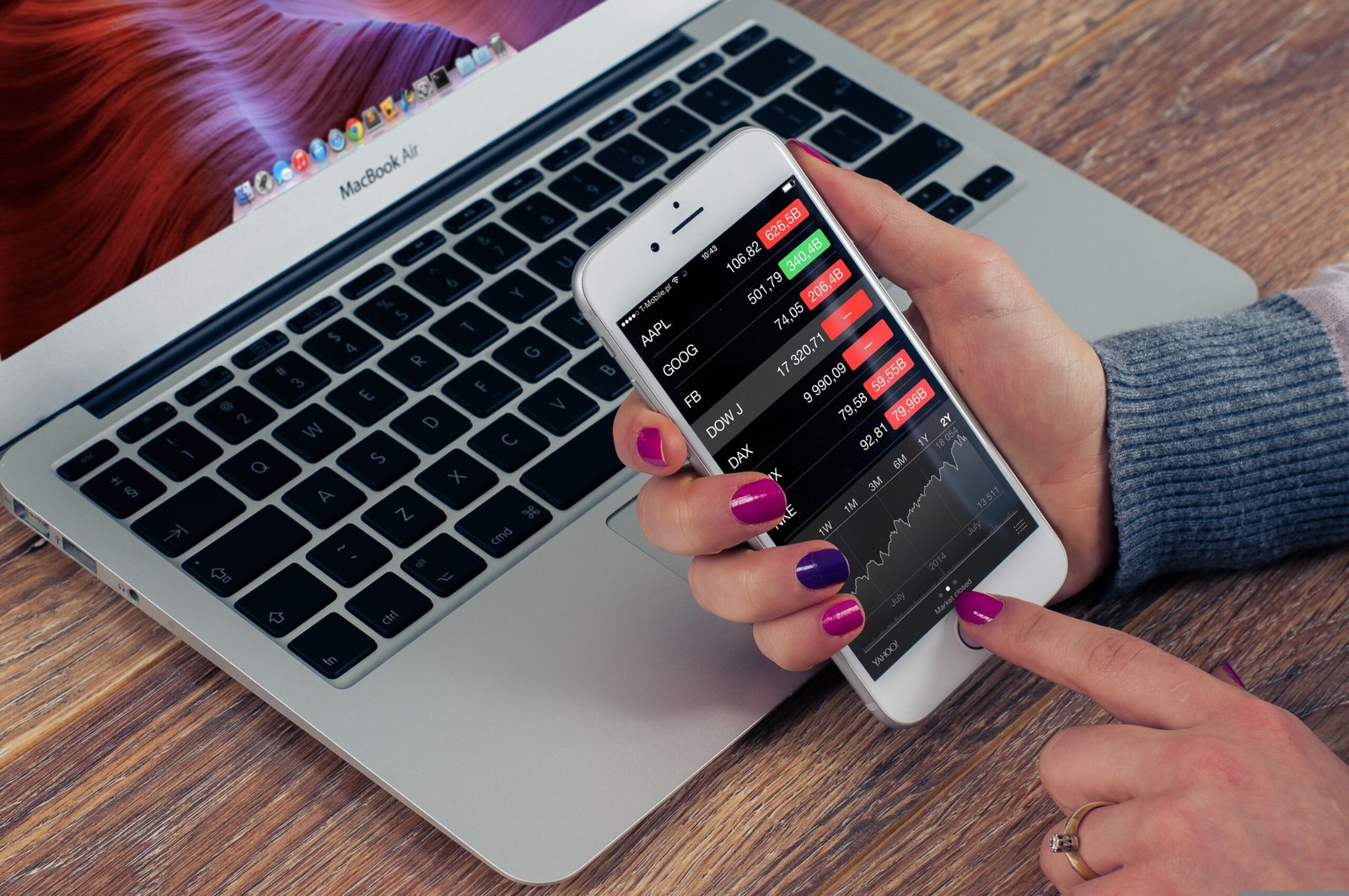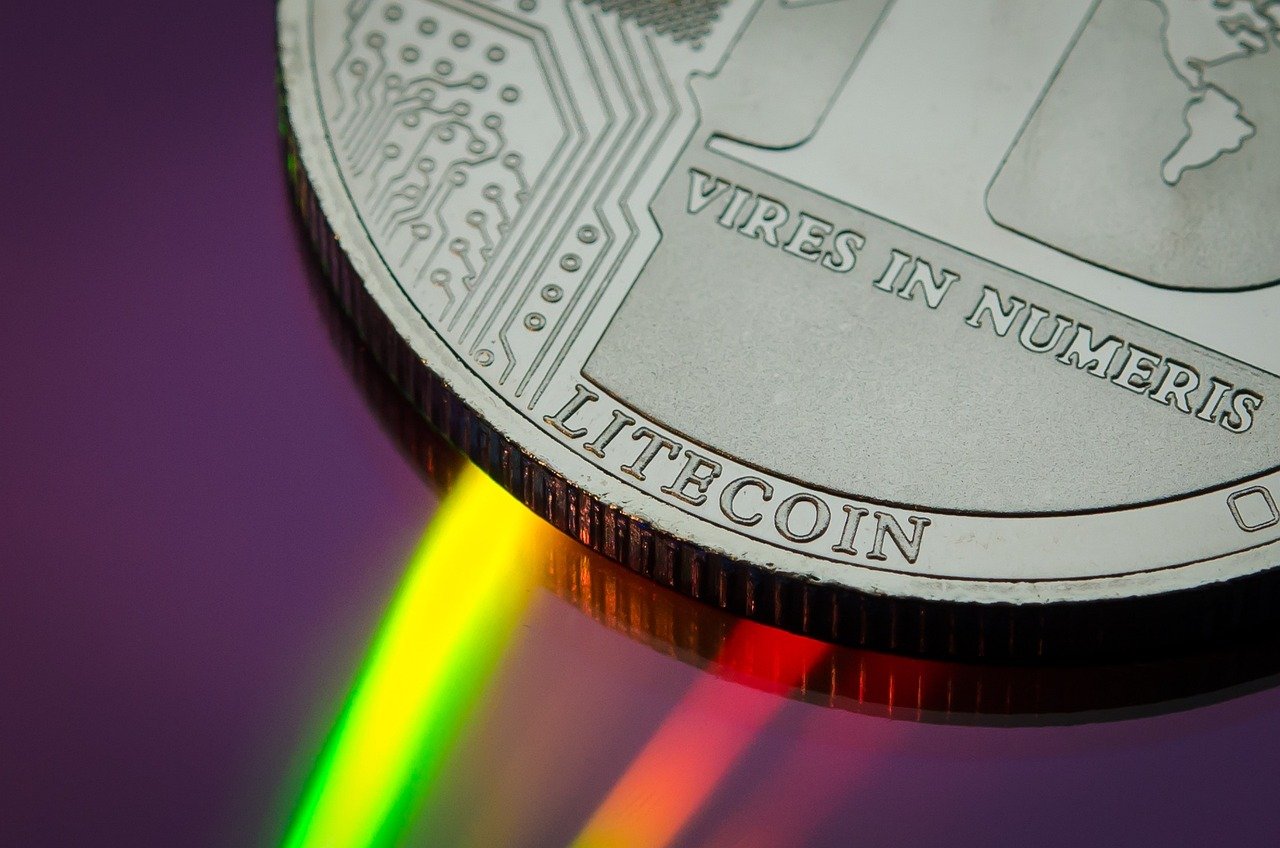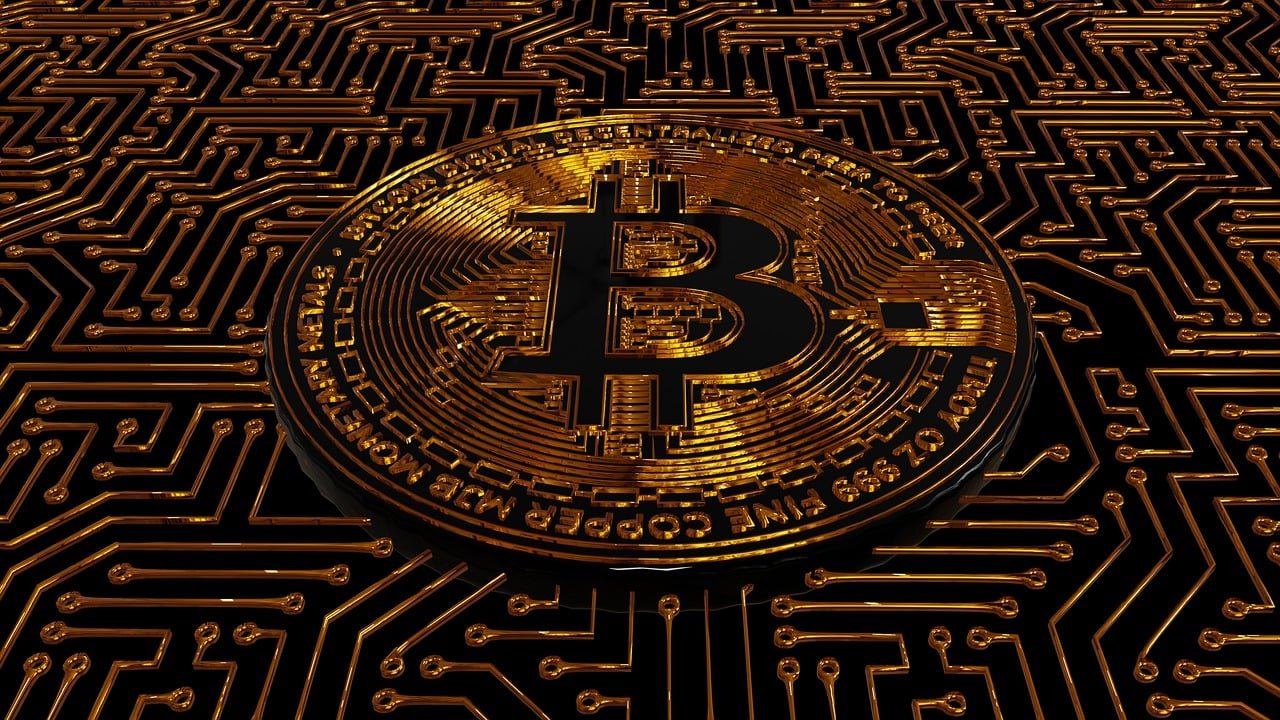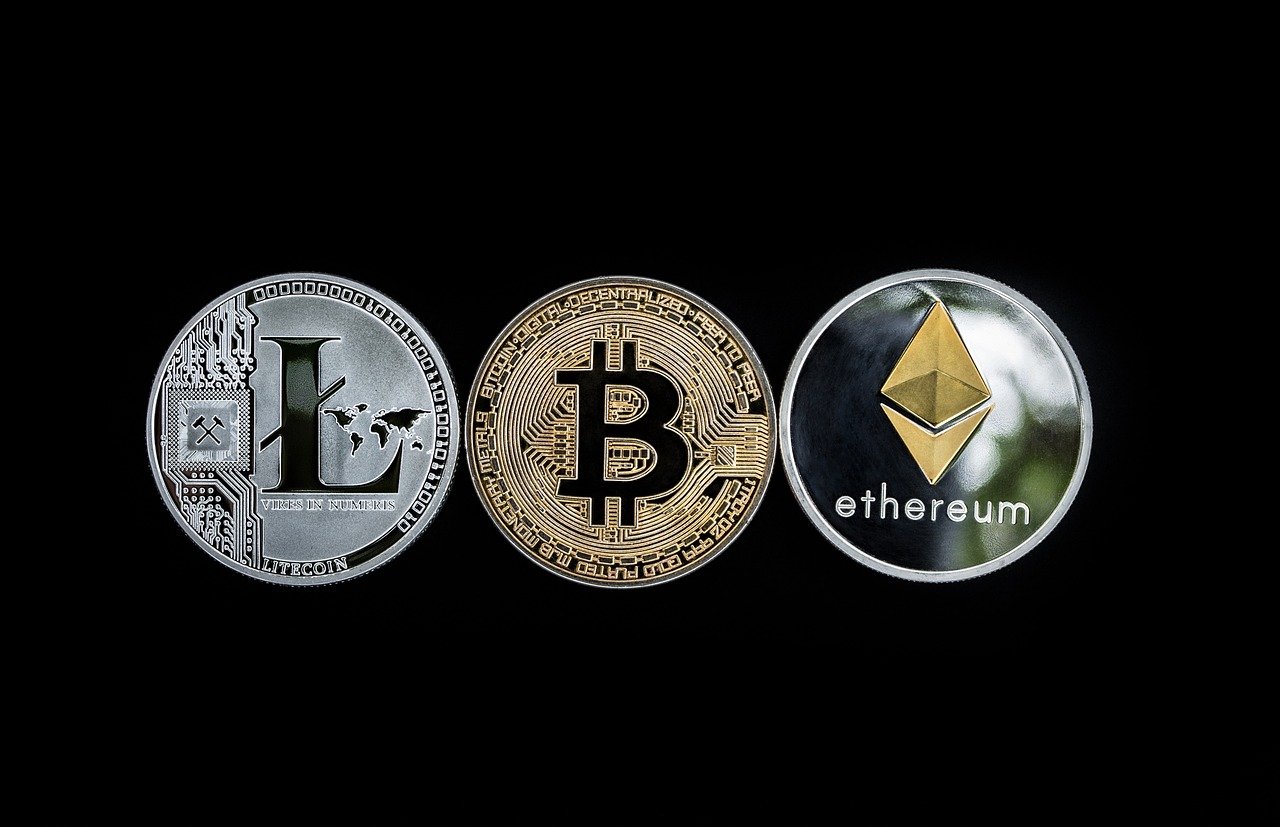The definition and types of digital assets
Types of digital assets In today’s digital world, a new kind of asset has appeared digital. These are digital assets, which are intangible and electronic. They have changed how we deal with money, art, and virtual spaces. This article will look into what digital assets are and the many types that have changed our views … Read more





